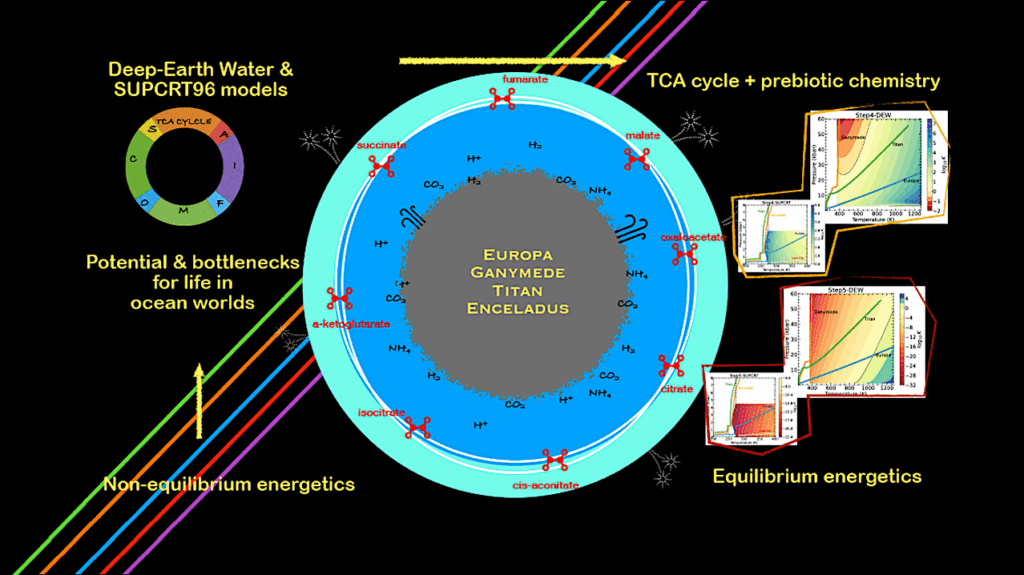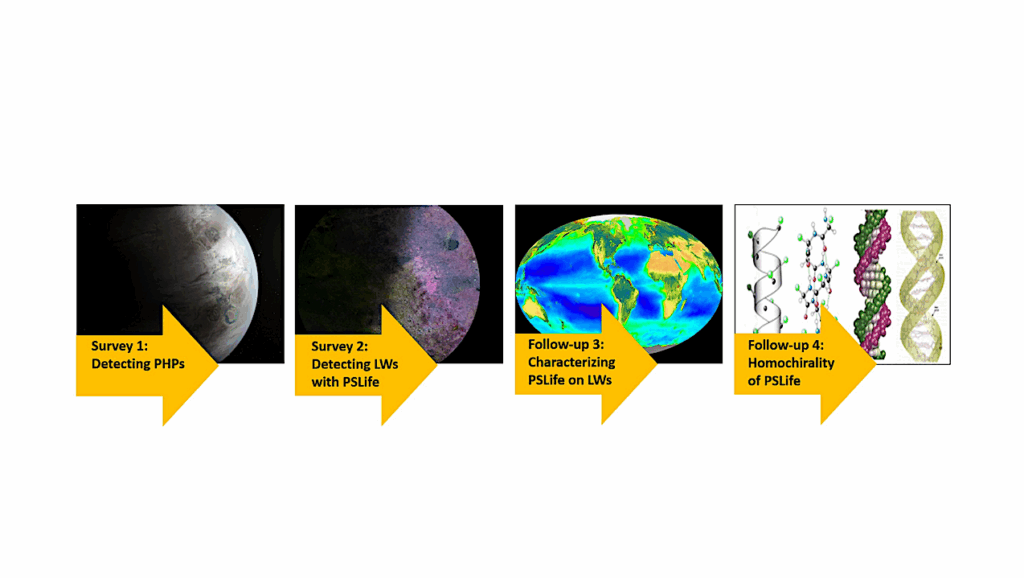Earth as an Exoplanet: II. Earth’s Time-Variable Thermal Emission and its Atmospheric Seasonality of Bio-Indicators

We assess the dependence of Earth’s disk-integrated mid-infrared thermal emission spectrum on observation geometries and investigate which and how spectral features are impacted by seasonality on Earth.
We compiled an exclusive dataset containing 2690 disk-integrated thermal emission spectra for four different full-disk observing geometries (North & South Pole centered and Africa & Pacific centred equatorial views) over four consecutive years. The spectra were derived from 2378 spectral channels in the wavelength range from 3.75 to 15.4 micron (nominal resolution ≈ 1200) and were recorded by the Atmospheric Infrared Sounder aboard the Aqua satellite.
We learned that there is significant seasonal variability in Earth’s thermal emission spectrum, and the strength of spectral features of bio-indicators, such as N2O, CH4, O3 and CO2 depends strongly on both season and viewing geometry. In addition, we found a strong spectral degeneracy with respect to the latter two indicating that multi-epoch measurements and time-dependent signals may be required in order to fully characterize planetary environments.
Even for Earth and especially for equatorial views, the variations in flux and strength of absorption features in the disk-integrated data are small and typically ≤ 10%. Disentangling these variations from the noise in future exoplanet observations will be a challenge. However, irrespectively of when the planet will be measured (i.e., day or night or season) the results from mid-infrared observations will remain the same to the zeroth order which is an advantage over reflected light observations.
Jean-Noel Mettler, Sascha P. Quanz, Ravit Helled, Stephanie L. Olson, Edward W. Schwieterman
Comments: 25 pages, 14 Figures, 3 Tables
Subjects: Earth and Planetary Astrophysics (astro-ph.EP)
Cite as: arXiv:2210.05414 [astro-ph.EP] (or arXiv:2210.05414v1 [astro-ph.EP] for this version)
Submission history
From: Jean-Noel Mettler
[v1] Tue, 11 Oct 2022 12:44:19 UTC (26,510 KB)
https://arxiv.org/abs/2210.05414
Astrobiology








